In the fast-paced world of technology, DevOps has emerged as a game-changer, revolutionizing the way software is developed, deployed, and maintained. As businesses strive for faster delivery, higher quality, and increased agility, DevOps is at the forefront, streamlining the Software Development Lifecycle (SDLC). In 2024, the evolution of DevOps continues to reshape industry standards, driving innovation and efficiency.
This blog explores how DevOps is transforming the SDLC, its benefits, and the latest trends that are redefining the software development landscape.

Understanding DevOps in 2024
DevOps is more than just a methodology; it’s a culture that fosters collaboration between development and operations teams. By integrating these traditionally siloed functions, DevOps aims to deliver software faster and more reliably.
In 2024, DevOps is characterized by:
- Automation at Scale
- AI and Machine Learning Integration
- Shift-Left and Shift-Right Testing
- Enhanced CI/CD Pipelines
- Cloud-Native Development
Key Stages of the Software Development Lifecycle (SDLC)
The SDLC encompasses all the phases involved in developing software, including:
- Requirement Gathering
- Design and Prototyping
- Development
- Testing and Quality Assurance
- Deployment
- Maintenance and Monitoring
How DevOps Transforms Each Stage of SDLC
1. Requirement Gathering
In the traditional SDLC, requirement gathering often lacks real-time feedback, leading to misaligned goals. In a DevOps environment:
- Continuous Feedback Loops ensure that all stakeholders, including end-users, are aligned.
- Collaboration Tools like Jira, Confluence, and Slack enhance communication between teams.
2. Design and Prototyping
DevOps accelerates the design phase by enabling iterative prototyping and instant feedback through:
- Automated Mockups and simulations.
- Integration with design systems that align with CI/CD workflows.
3. Development
DevOps emphasizes automation and microservices architecture:
- Infrastructure as Code (IaC): Automates environment setup.
- Version Control Systems (VCS): Tools like Git ensure seamless code management.
- Microservices: Decouple components for faster deployment and easier scalability.
4. Testing and Quality Assurance (QA)
Traditional testing often occurs late in the cycle, but DevOps introduces Shift-Left Testing, where testing begins early:
- Automated Testing Tools like Selenium, Cypress, and JUnit streamline testing.
- AI-Driven Testing predicts potential failures, optimizing QA efforts.
5. Deployment
DevOps revolutionizes deployment through Continuous Integration and Continuous Deployment (CI/CD):
- CI/CD Pipelines: Tools like Jenkins, GitLab CI/CD, and CircleCI automate the build and deployment process.
- Blue-Green Deployments and Canary Releases reduce risk during rollouts.
6. Maintenance and Monitoring
Post-deployment, DevOps ensures robust monitoring and quick resolutions:
- Monitoring Tools like Prometheus, Grafana, and New Relic offer real-time insights.
- Incident Response Automation minimizes downtime through proactive fixes.
Benefits of DevOps in 2024
1. Faster Time to Market
By automating repetitive tasks and streamlining workflows, DevOps reduces the time required to deliver new features and updates.
2. Improved Collaboration and Communication
Breaking down silos between development, operations, and QA teams fosters a collaborative culture. This leads to better decision-making and faster problem resolution.
3. Enhanced Quality and Reliability
Continuous testing and monitoring ensure that code quality remains high, with fewer bugs and performance issues.
4. Scalability and Flexibility
With DevOps, businesses can scale their applications more effectively, adapting quickly to changing demands.
5. Cost Efficiency
Automation reduces manual effort, decreasing operational costs. Moreover, early error detection prevents costly fixes later in the development cycle.
Latest DevOps Trends in 2024
1. AI and Machine Learning in DevOps
- Predictive Analytics: AI helps forecast potential bottlenecks.
- Intelligent Automation: Machine learning optimizes resource allocation and error detection.
2. DevSecOps
Incorporating security into DevOps practices ensures that security checks are automated and integrated throughout the SDLC, making applications more secure without slowing down development.
3. GitOps for CI/CD
GitOps takes CI/CD to the next level by using Git repositories as the single source of truth for infrastructure and application configuration.
4. Cloud-Native DevOps
With the rise of containerization and serverless architectures, cloud-native DevOps practices are becoming the norm. Tools like Kubernetes and Docker play a pivotal role.
5. Low-Code/No-Code Platforms in DevOps
By integrating low-code/no-code tools, DevOps is enabling non-technical stakeholders to participate actively in the development process, accelerating delivery times.
How to Implement DevOps Successfully
To harness the full potential of DevOps, businesses should:
- Foster a Collaborative Culture: Encourage open communication and collaboration across teams.
- Invest in the Right Tools: Choose tools that align with your business needs, such as CI/CD platforms, automated testing frameworks, and monitoring solutions.
- Continuous Learning and Improvement: Train your teams on the latest DevOps practices and tools.
Conclusion
In 2024, DevOps continues to revolutionize the Software Development Lifecycle, driving faster delivery, improved quality, and greater efficiency. By adopting DevOps, businesses can stay competitive in an ever-changing digital landscape. Whether it's automation, AI integration, or enhanced collaboration, DevOps is reshaping the way software is built and maintained.



_(1).jpg)
_(2).jpg)
.jpg)

_(1).jpg)
.jpg)
.jpg)
.jpg)
.jpg)
.jpg)


.jpg)
_(1).jpg)
.jpg)
.jpg)


_(1).png)

.png)
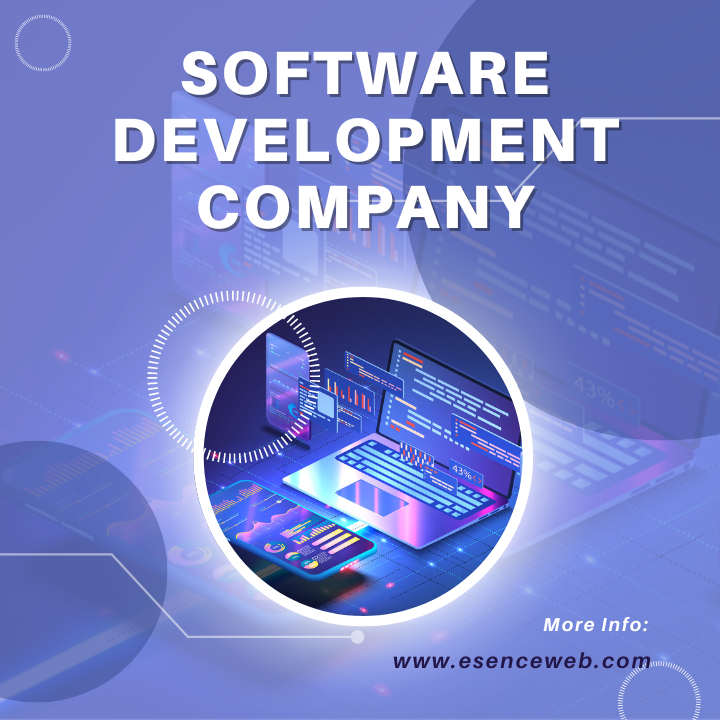
1.png)


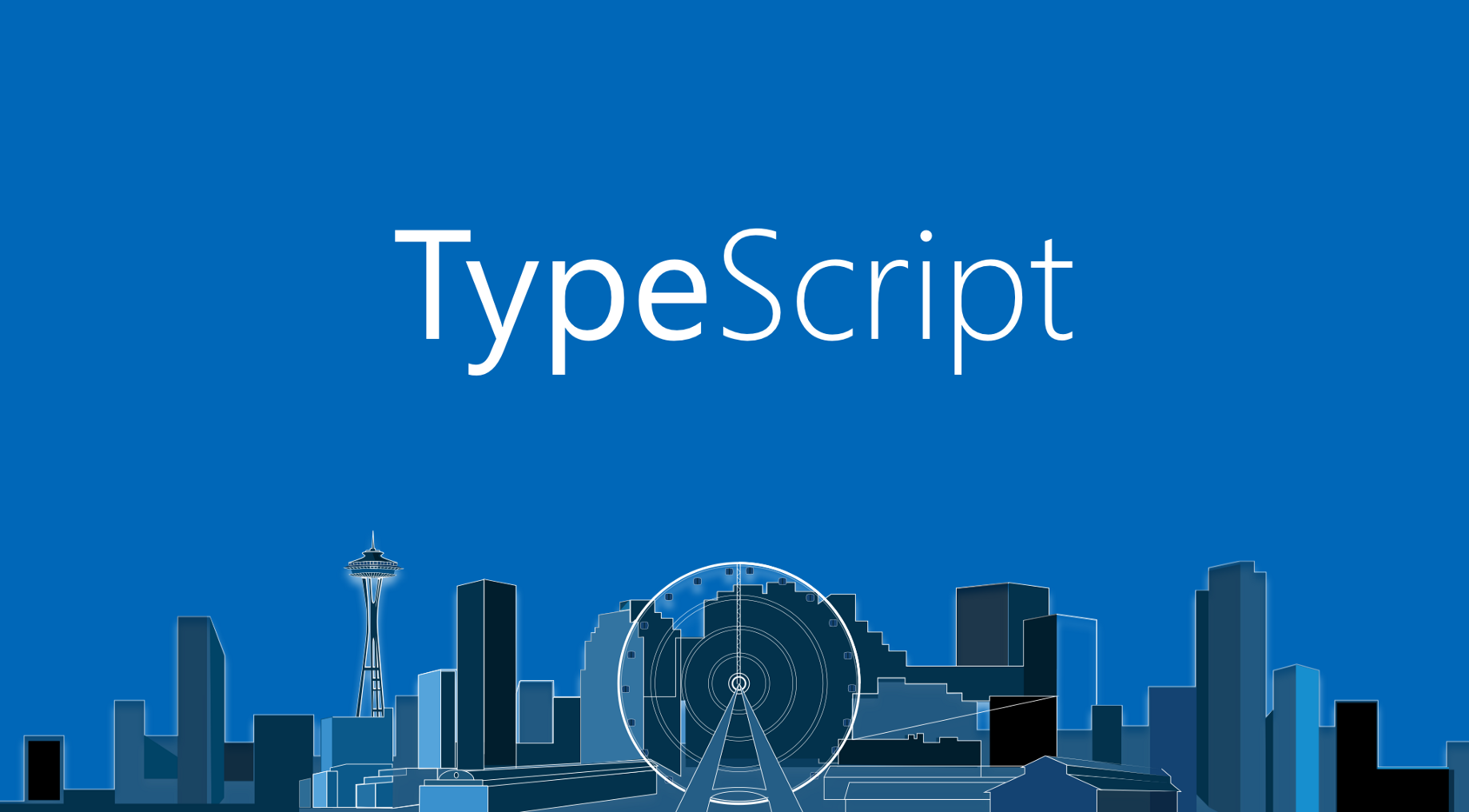
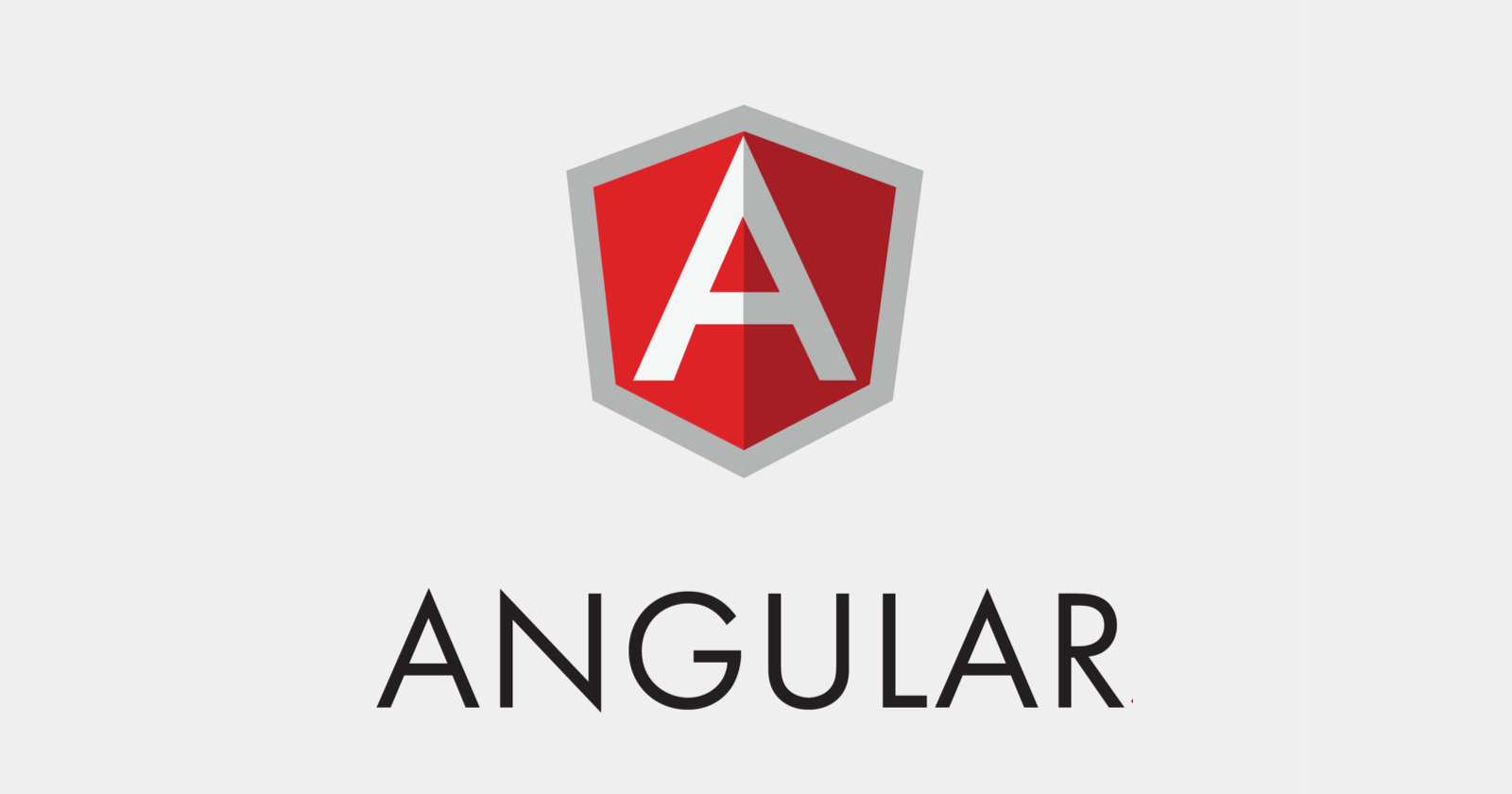
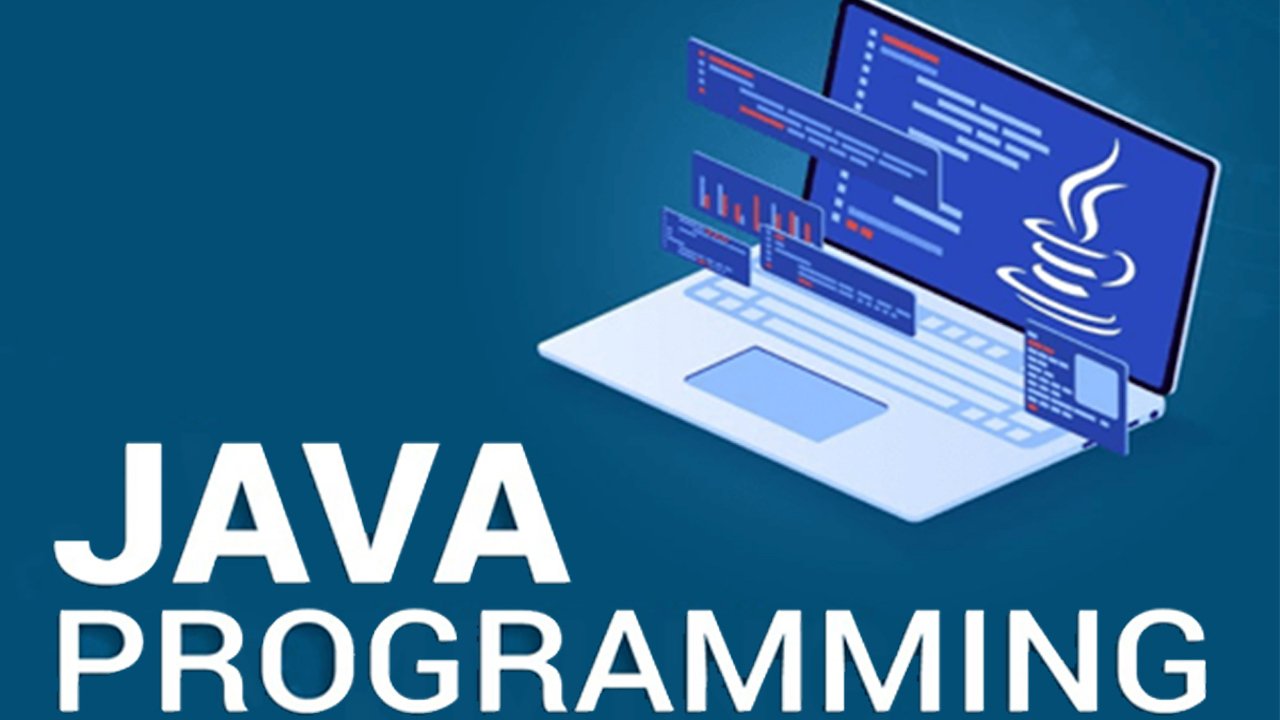






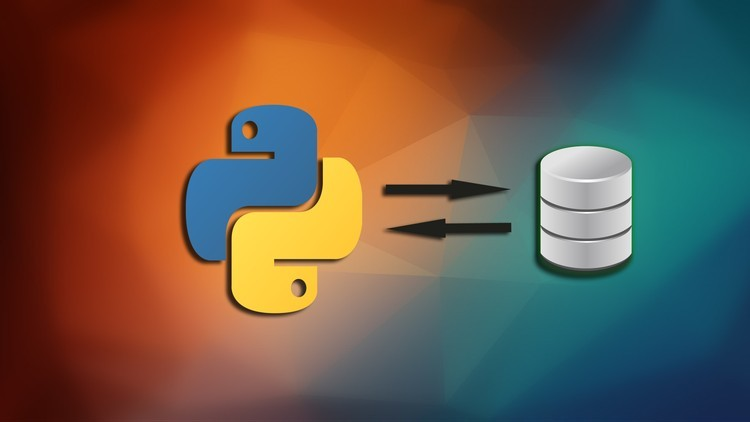
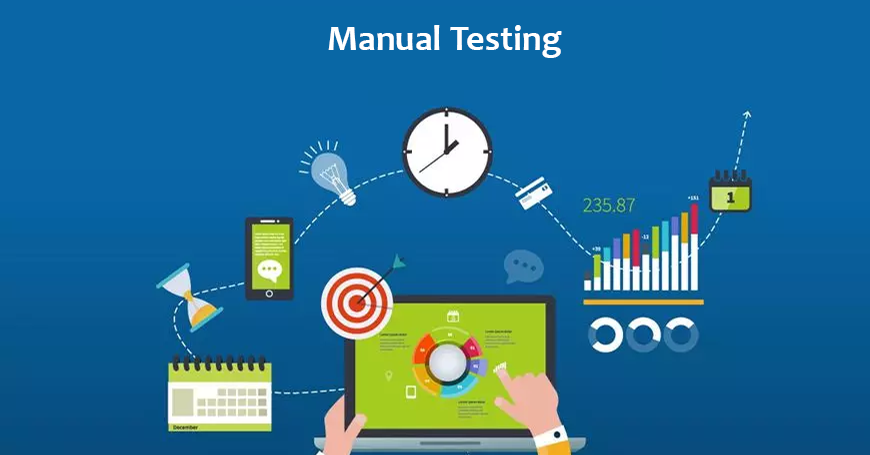


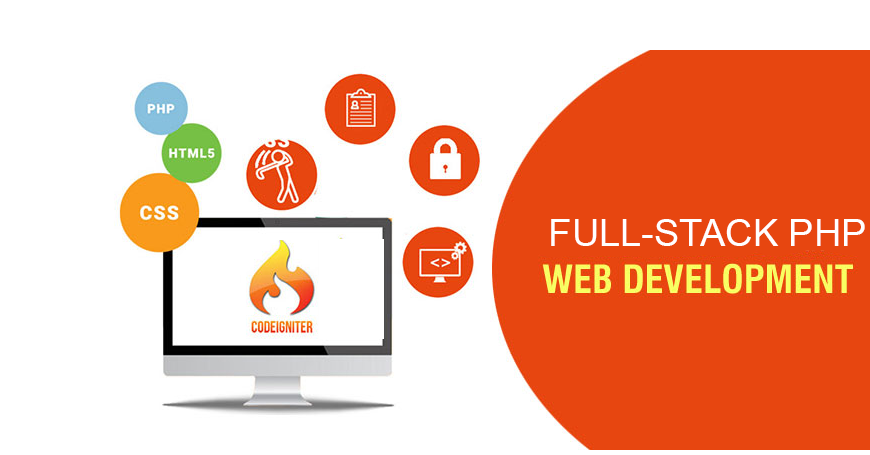
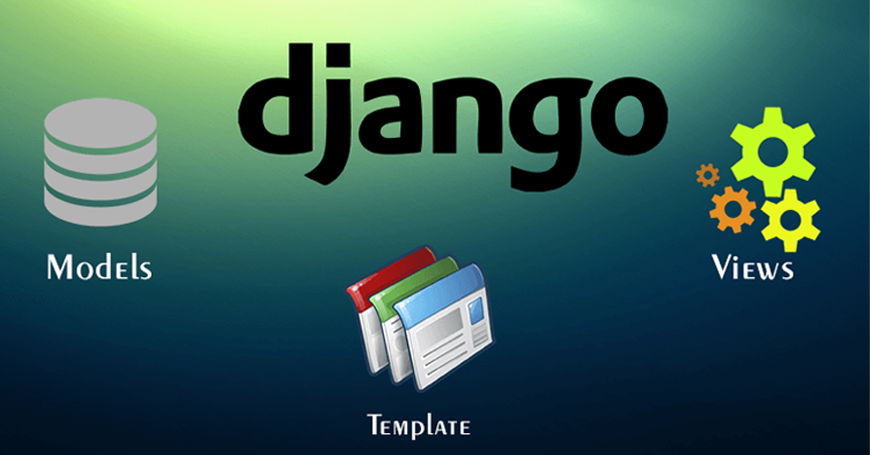
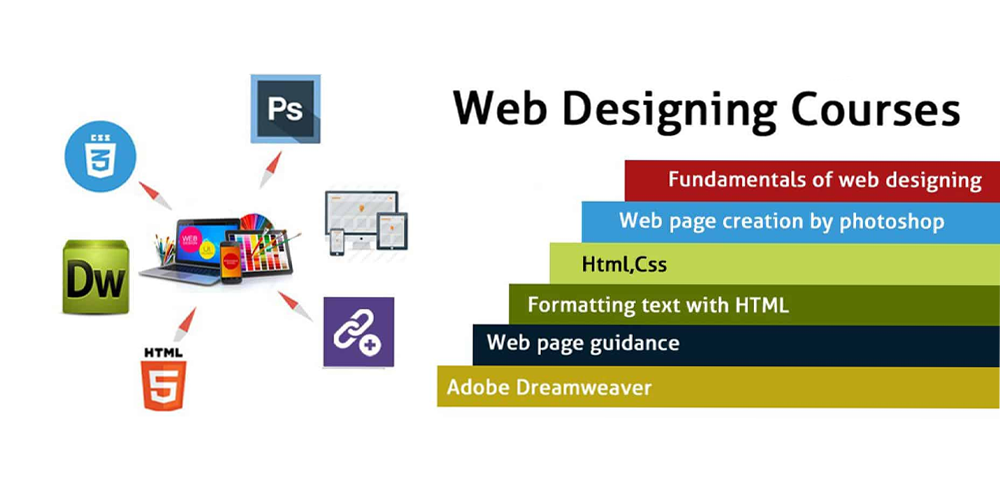



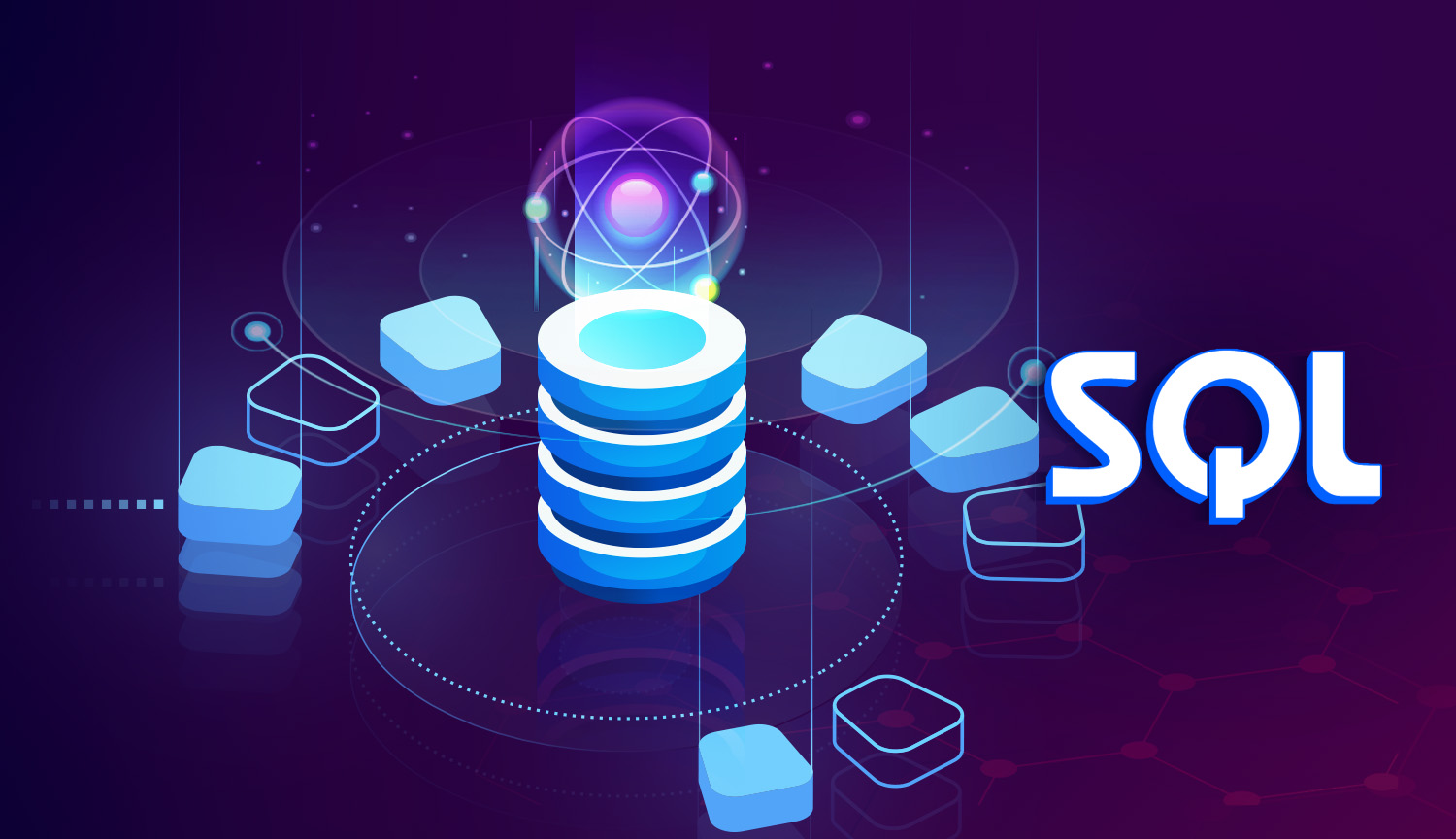
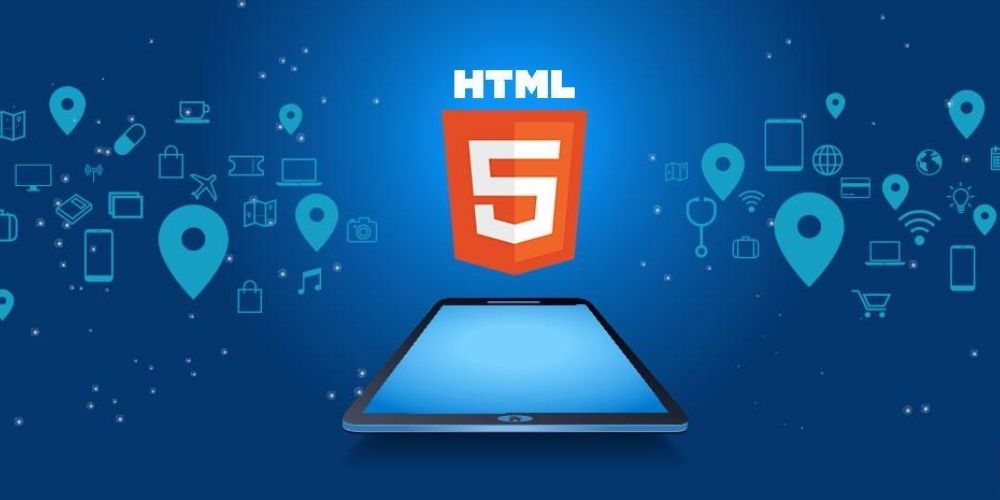

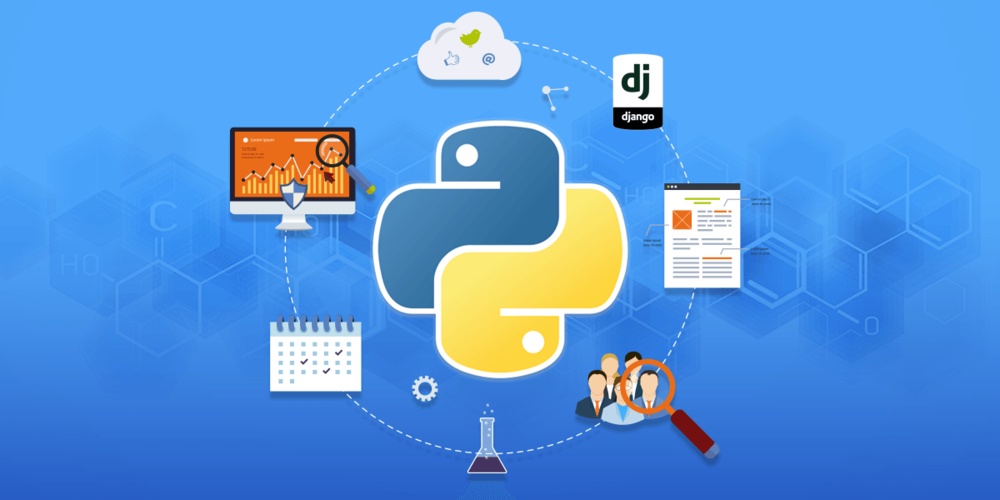

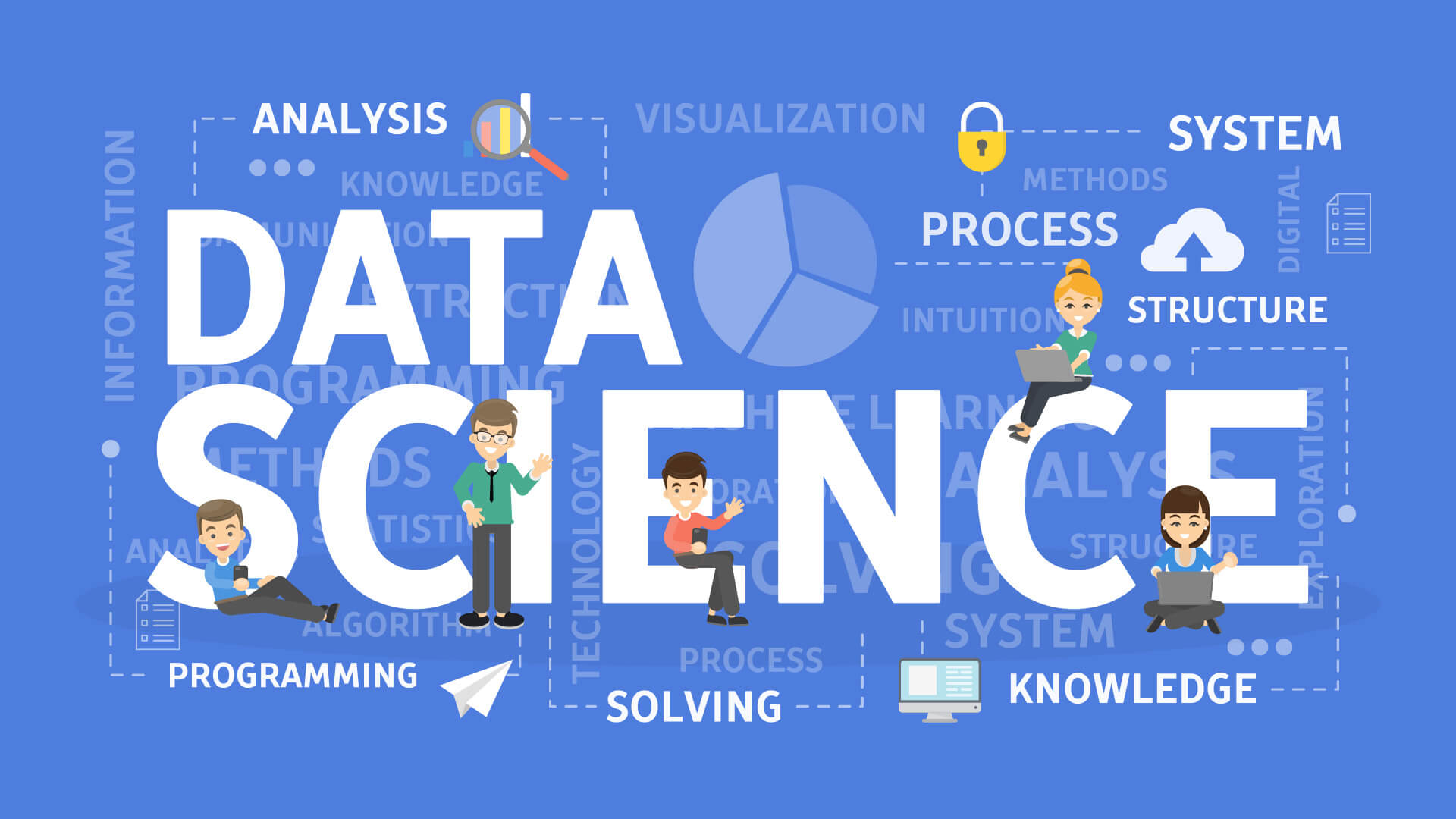
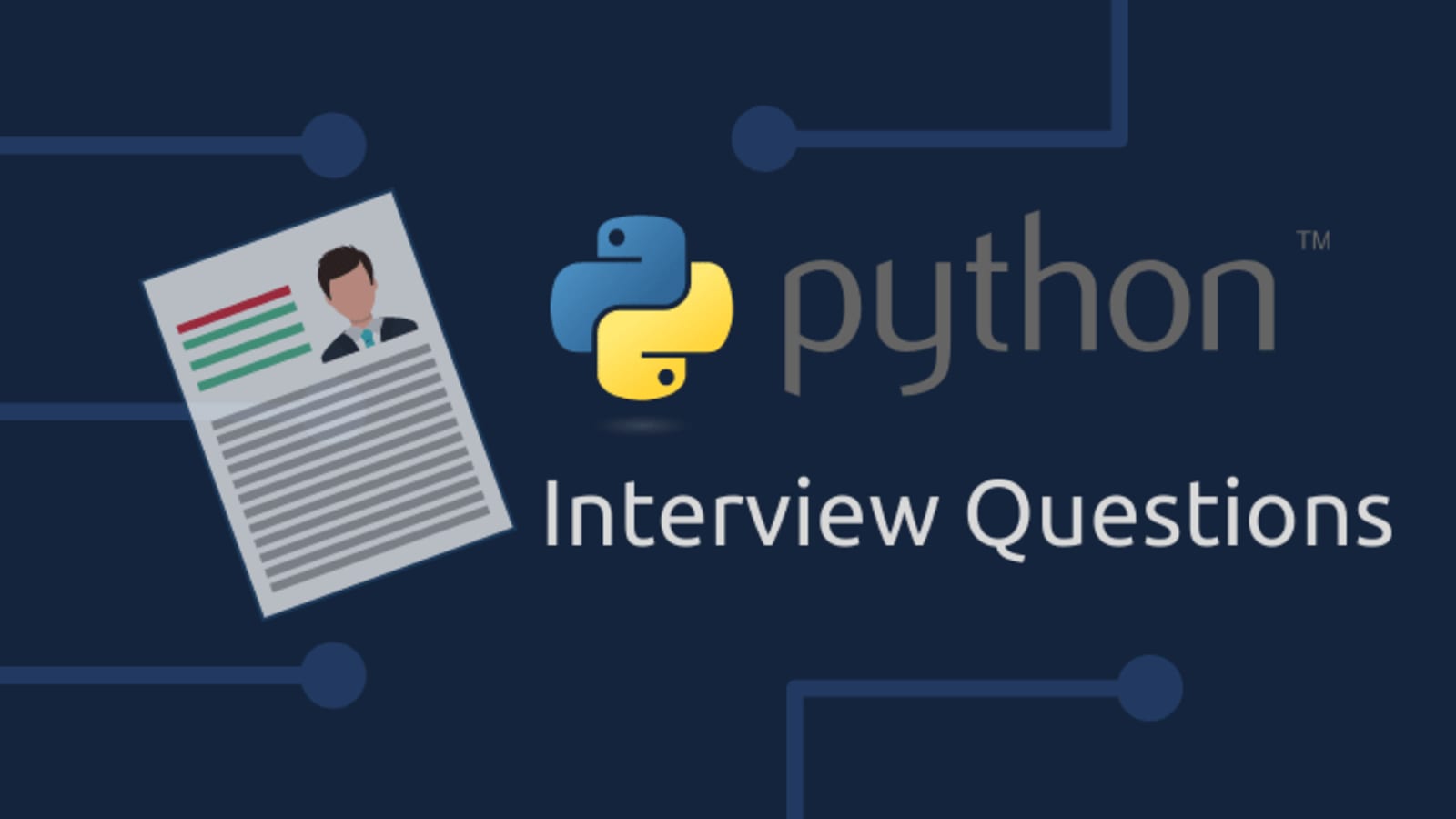

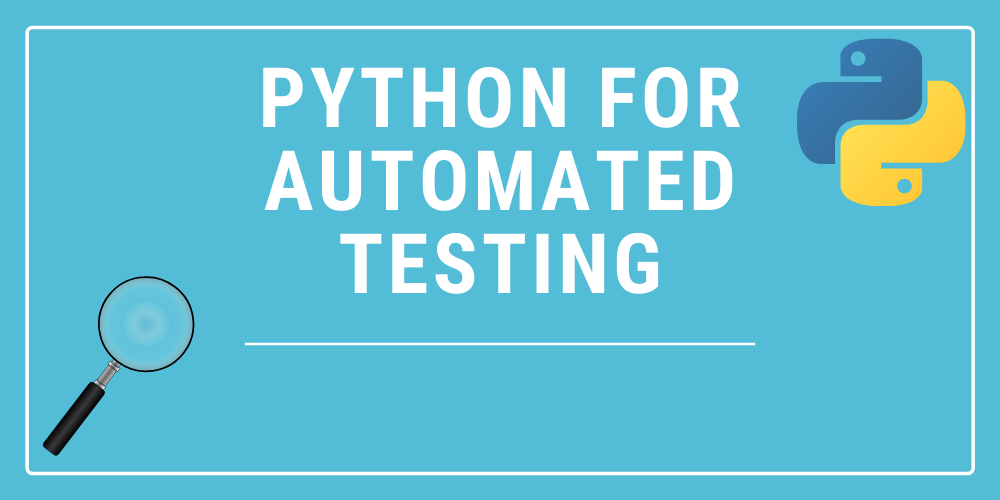


4.png)








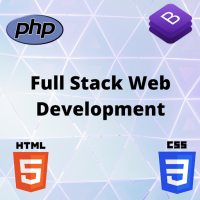
0 Replies to “DevOps In 2024: Revolutionizing Software Development”
Leave a Reply
Your email address will not be published.